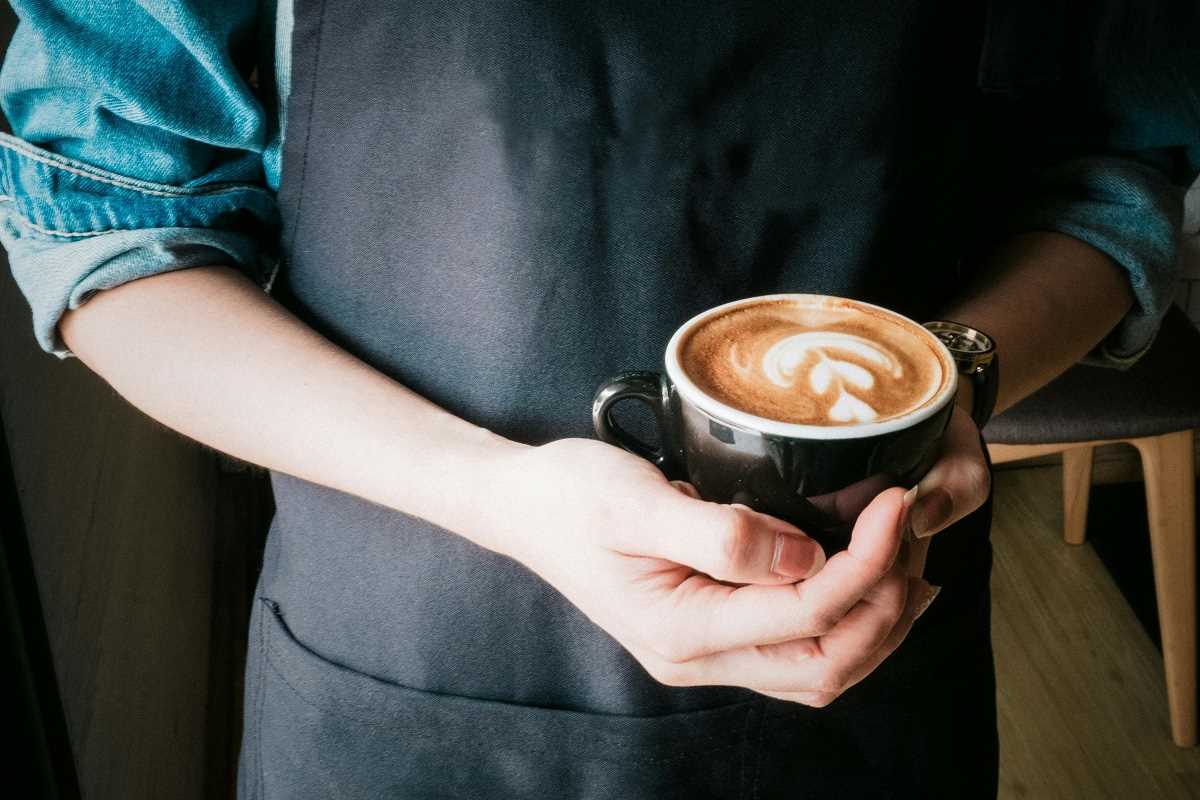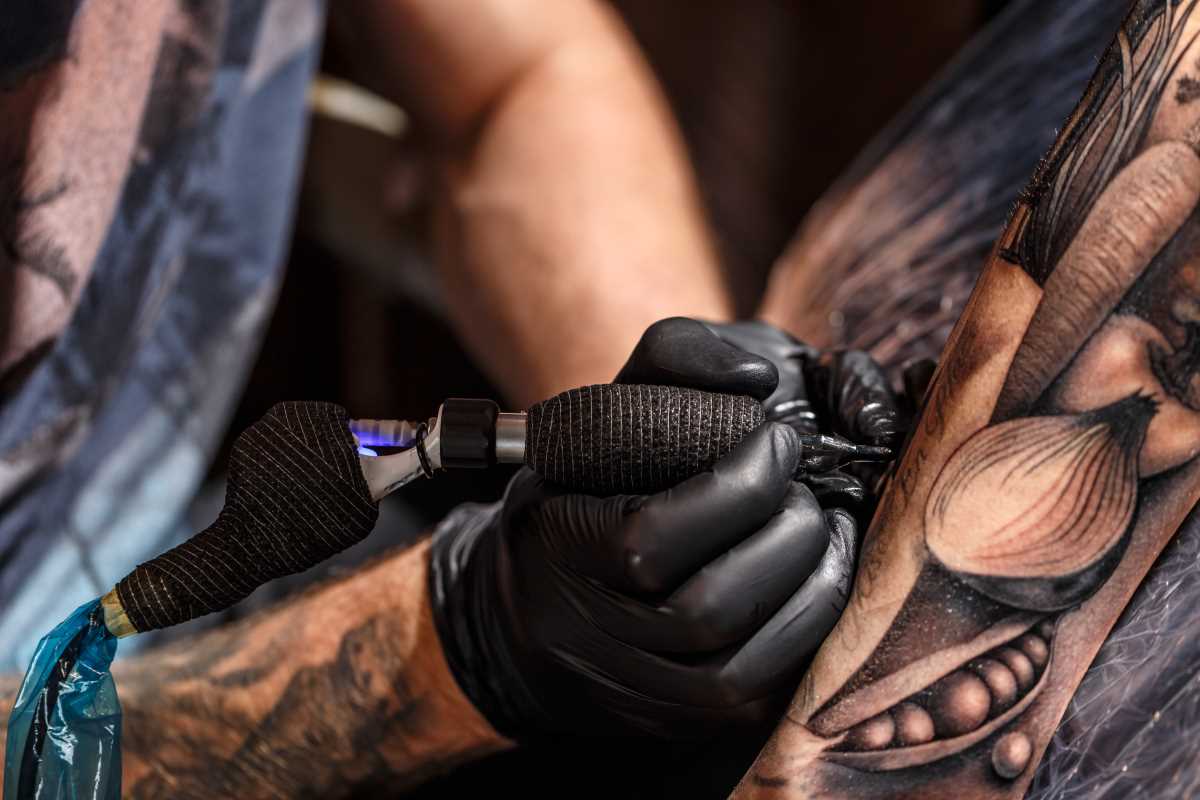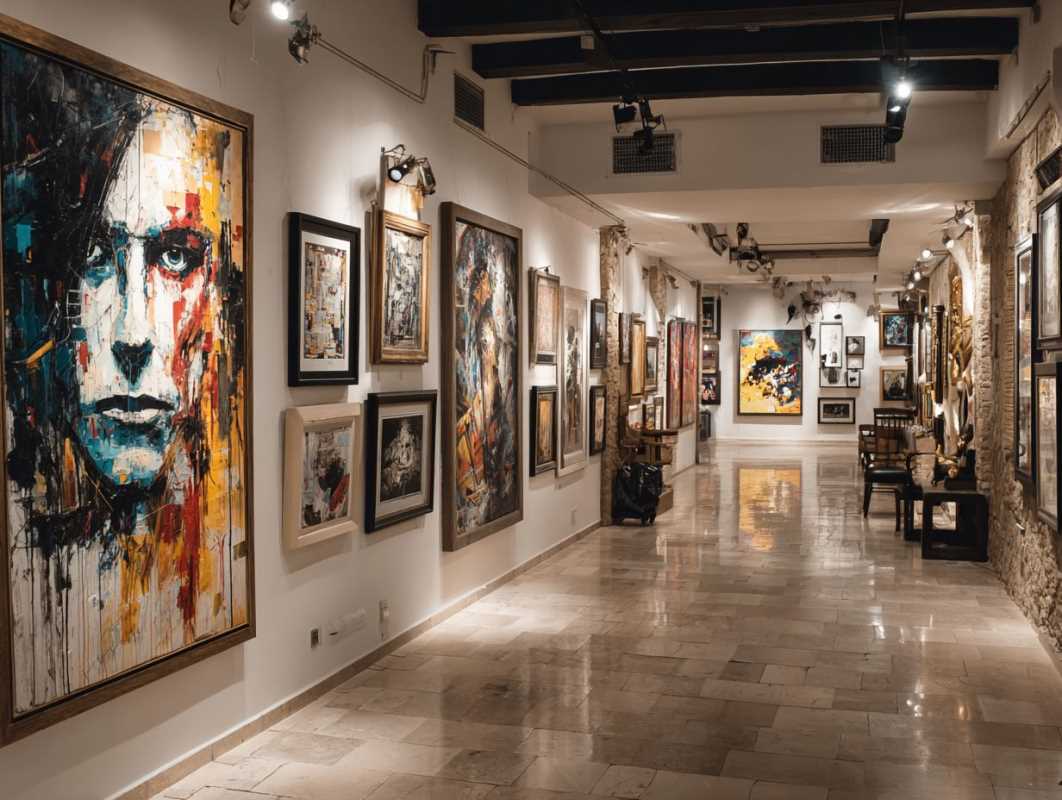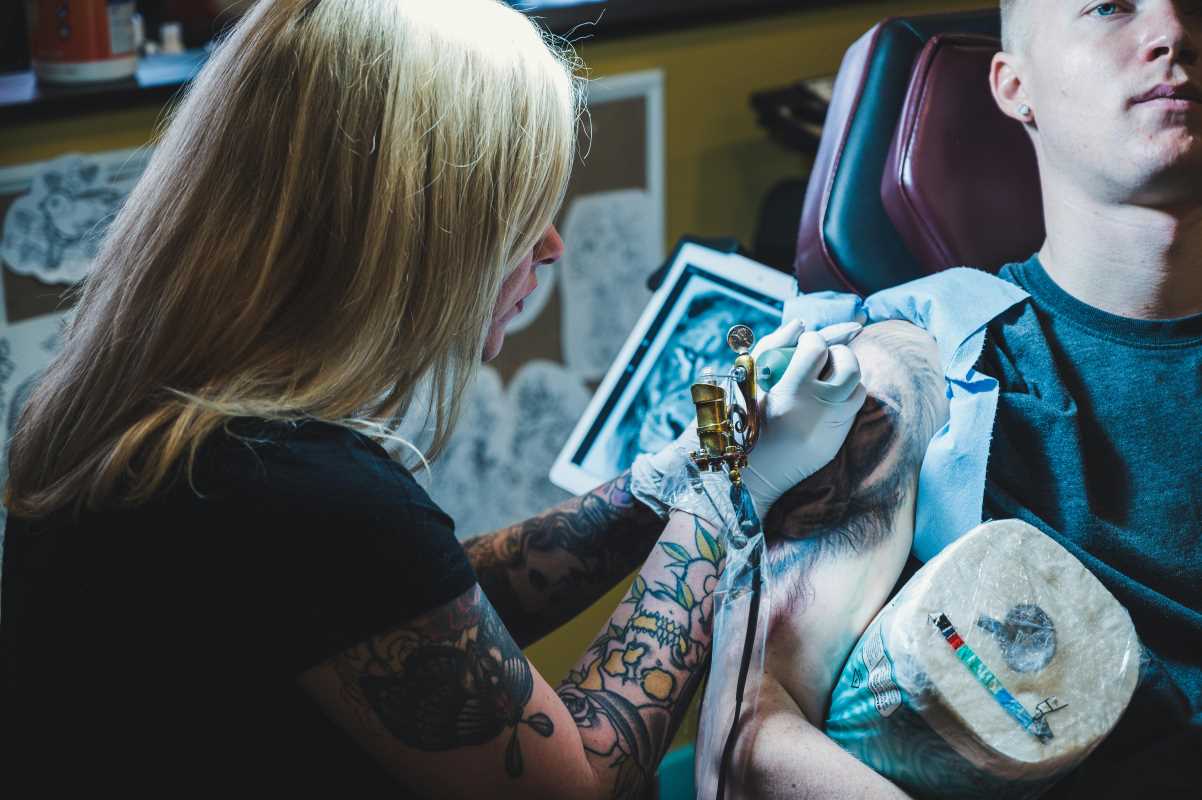Starting your own coffee shop is an exciting venture for any aspiring entrepreneur. Coffee culture is thriving, with millions of people seeking their daily caffeine fix from independent coffee shops rather than large chains. However, before pouring your passion into creating the perfect brew, understanding the costs involved in opening and operating a coffee shop is vital for financial success.
This guide breaks down the various expenses you'll encounter, both upfront and ongoing, and offers key insights into budgeting and cost management. Whether you're eyeing a cozy neighborhood café or a bustling downtown spot, here's what you need to know.
Initial Costs of Opening a Coffee Shop
Opening a coffee shop involves significant upfront investments to get the business off the ground. The size, concept, and location of your shop will largely influence these costs.
1. Leasing or Buying a Space
- Rent: Lease costs vary widely by location. A small coffee shop in a rural town might cost $1,000 per month, whereas a prime urban location could set you back $10,000 or more monthly. Most landlords require a deposit, often equal to 1–3 months of rent, upfront.
- Renovations/Build-Outs: Customizing the space to match your vision is often necessary. From adding counters to creating seating areas, renovation costs can range from $20,000 to $100,000, depending on how extensive the work is.
- Budget tip: Look for spaces that already have food-service infrastructure (e.g., plumbing and ventilation) to save on build-out costs.
2. Equipment
Equipping your coffee shop will be one of the biggest initial expenses. Quality equipment ensures consistency and efficiency, which are crucial for success.
- Espresso Machines: High-quality machines cost anywhere from $5,000 to $20,000.
- Grinders: Expect to spend $500 to $2,500 per grinder, depending on whether you need multiple for different brew types.
- Refrigeration: Refrigerators and freezers for milk, syrups, and perishables typically cost $2,000 to $6,000.
- Other Essentials: Items like drip coffee makers, blenders, POS (point-of-sale) systems, dishwashers, and water filtration systems may add another $10,000 or more.
- Budget tip: Consider leasing equipment instead of purchasing outright to reduce upfront costs.
3. Licenses and Permits
Legal and regulatory requirements vary depending on your location, but typical expenses include:
- Business License: $50 to $500.
- Health Department Permits: $100 to $1,000, depending on your state's health regulations.
- Food Handler Certificates: Around $50 per employee.
- Liquor License (if applicable): Costs can start at $300 and go up to $14,000 for alcohol permits, depending on state laws.
4. Branding and Marketing
Creating a memorable brand identity is essential for drawing in customers. Initial marketing costs include:
- Logo Design: $300 to $2,000 for high-quality design.
- Signage: Storefront signs can cost $1,000 to $5,000.
- Website Development: A professional, e-commerce-capable website may cost $3,000 to $10,000.
- Launch Marketing Campaigns: Initial promotions could cost $500 to $5,000, depending on the scale.
5. Initial Inventory
You’ll need to stock up on everything from coffee beans to cups before opening. Expect to spend $1,000 to $5,000 on initial supplies, depending on your menu offerings.
Estimated Total Upfront Costs
The average cost to open a coffee shop ranges from $80,000 to $300,000, depending on size, concept, and location. Small kiosks or mobile coffee carts cost closer to $50,000, while larger sit-down cafés may approach the higher end.
Ongoing Expenses of Running a Coffee Shop
After your grand opening, you'll need to manage regular expenses to keep the business running smoothly. Here’s what you should account for:
1. Inventory Costs
Regularly restocking essentials is one of the largest ongoing expenses.
- Coffee Beans and Supplies: Expect to spend $500 to $2,000 per month, depending on customer demand and product quality.
- Food Items: If you serve pastries, sandwiches, or other food items, calculate an additional $500 to $2,500 for inventory.
- Consumables: Cups, lids, napkins, and straws will cost around $300 to $1,000 monthly.
- Budget tip: Order supplies in bulk to take advantage of discounted rates.
2. Staff Wages
Labor costs are often one of the largest operating expenses:
- Baristas: Hourly wages range from $12 to $18, though competitive markets like New York or San Francisco may require higher pay.
- Managers: Full-time managers typically earn between $30,000 and $50,000 per year.
- Training and Benefits: Include the cost of employee training programs and any benefits you offer, like healthcare or paid time off.
3. Rent and Utilities
- Rent: Monthly rent will continue to be a significant overhead, varying with your location and space size.
- Utilities: Costs for electricity, water, and gas typically range from $500 to $2,000 monthly, but can go higher for larger shops or energy-intensive equipment.
4. Marketing and Advertising
To stay competitive, ongoing marketing efforts are essential:
- Social Media Ads: Platforms like Instagram and Facebook allow you to run targeted ads for as little as $100 per campaign.
- Loyalty Programs: Budget for the cost of loyalty cards or apps to incentivize repeat customers.
- Community Engagement: Hosting events or participating in local collaborations may incur monthly marketing costs of $200 to $1,000.
5. Equipment Maintenance
Keeping your machines in top condition helps avoid costly breakdowns. Maintenance contracts for espresso machines and grinders can cost $1,000 to $3,000 annually.
6. Miscellaneous Expenses
Additional costs could include:
- Insurance: General liability and property insurance often cost $1,000 to $4,000 per year.
- Software Subscriptions: POS, accounting tools, and scheduling software may total $200 to $500 monthly.
- Repairs and Upgrades: Budget for unexpected fixes or updates to your shop.
Estimated Monthly Operating Costs
For most coffee shops, ongoing expenses range from $5,000 to $25,000 per month, again influenced heavily by location, business size, and product offerings.
Factors That Influence Costs
Understanding what drives costs can help you make informed decisions. Here are the major factors to consider:
- Location: Prime locations with high foot traffic are more expensive but may drive higher sales.
- Business Size: The larger the shop, the higher the rent, utilities, and staffing costs.
- Specialty Offerings: Organic or ethically sourced products are more expensive but may appeal to niche markets willing to pay a premium.
- Seating and Amenities: If you offer extensive seating, WiFi, or charging stations, consider the additional maintenance and cleaning costs involved.
Tips for Managing Your Coffee Shop’s Budget
Here are some practical ways to keep costs under control and maximize profitability:
- Start Small: Consider beginning with a coffee cart or kiosk before committing to a larger storefront.
- Track Expenses Religiously: Use accounting software to monitor spending and identify areas where you can cut costs.
- Partner With Local Suppliers: Building strong relationships with local vendors may lead to discounts and better service.
- Focus on Core Offerings: Limit your menu to what sells best and avoid overstocking low-demand items.
- Invest in Energy-Efficient Equipment: Upfront costs may be higher, but energy-efficient appliances can save on utilities over time.
 (Image via
(Image via





